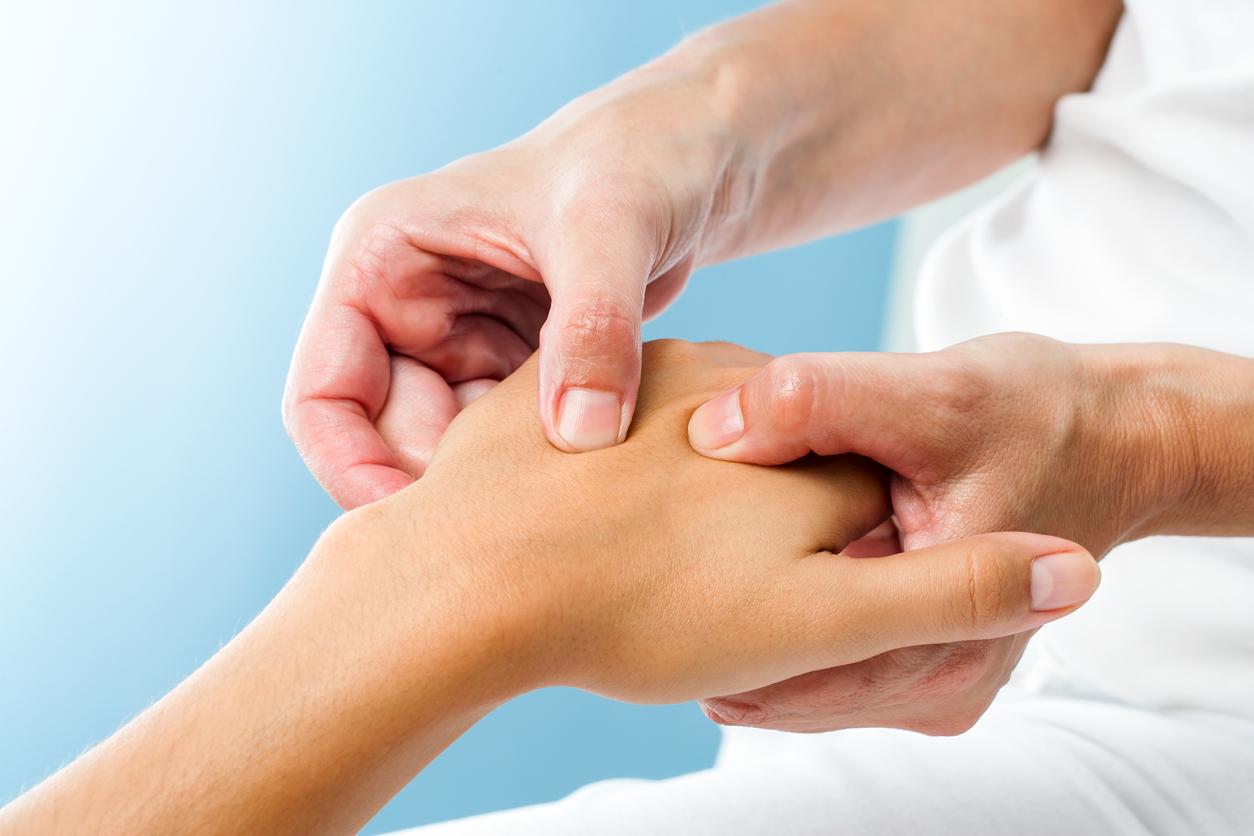
Better pain relief, fewer side effects
Diagnosis and treatment are getting better and better in rheumatism. Top specialist Dr. Willem F. Lems is a rheumatologist at the VU University Medical Center and scientific secretary of the Dutch Association for Rheumatology. He updates us on the latest promising developments.
William Lems: “The treatment of inflammatory arthritis has improved spectacularly in recent years. This applies, for example, to rheumatoid osteoarthritis and Bechterew’s disease. Unfortunately, it does not apply to osteoarthritis, also known as ‘wear and tear’ of the joints. In addition, the cartilage becomes thinner and you suffer from stiffness and pain. We have developed an Osteoarthritis Treatment Strategy (BART) for osteoarthritis: better pain relief with as few side effects as possible. We start with the safest painkiller: paracetamol. Of this, patients are allowed 3 to 4 grams per day. The anti-inflammatory NSAIDs and cox-2 inhibitors are only introduced if that does not help enough against the pain. And finally, there are the heaviest morphine-like agents, such as tramadol and codeine.”
Benefit for the patient: “Less pain. This way you can keep moving better and surgery can often be postponed.”
New: one osteoarthritis is not the other
William Lems: “We are increasingly finding out that osteoarthritis is a reservoir of different types of problems. These problems all have to be treated differently. For example, there is polyarthrosis of older, often overweight people. Lifestyle measures are especially important for them: losing weight, move more. In other patients, it is not so much the cartilage, but the bone that is the problem. They are currently being investigated whether they respond well to osteoporosis drugs. There are also osteoarthritis patients whose joint capsule is inflamed and the joint is swollen. Recent research shows that this group may benefit from rheumatoid drugs such as methotrexate and prednisone. More research is needed. There are also young patients with sports osteoarthritis of one joint, such as a knee. Surgery or cartilage transplantation with stem cells can offer a solution, but exercise no sense.”
Patient benefit: “More accurate diagnosis means better treatment.”
Treatment for more cartilage growth
William Lems: “Professor Lafeber is developing the Ilizarov method at the University Medical Center in Utrecht. Steel pins go through the joints and these are then loaded. This ensures the production of a lot of new cartilage. It is a very taxing treatment for the patient.”
Patient benefit: “Cartilage repair, less pain and stiffness.”
Sources):
- Plus Magazine















